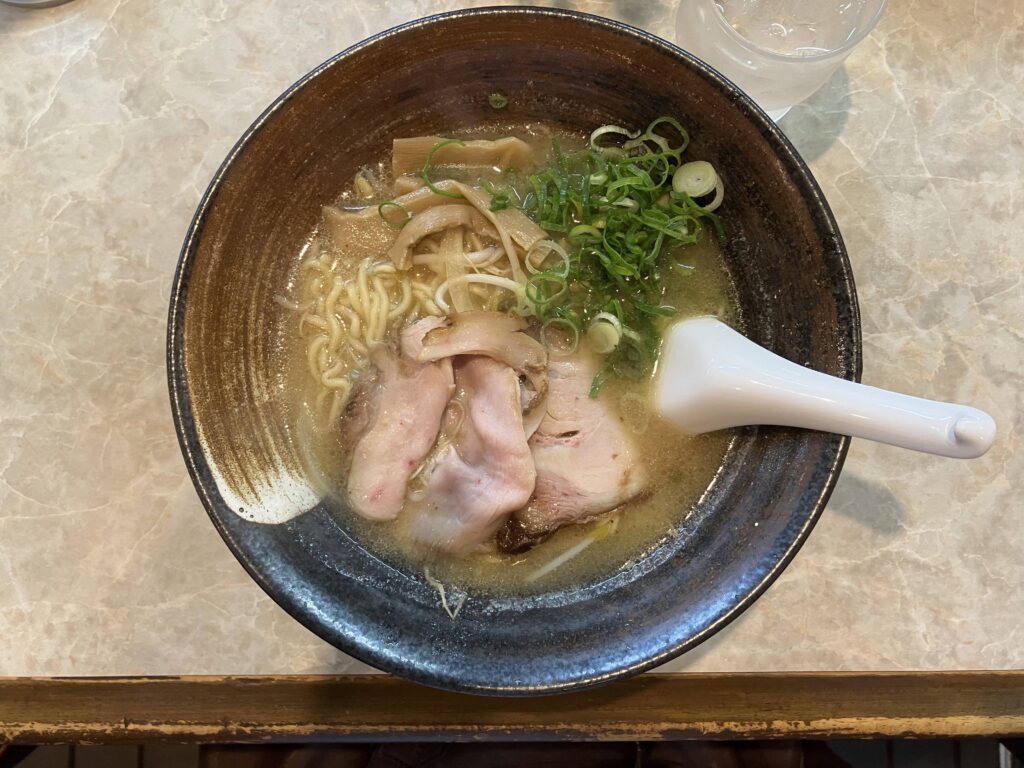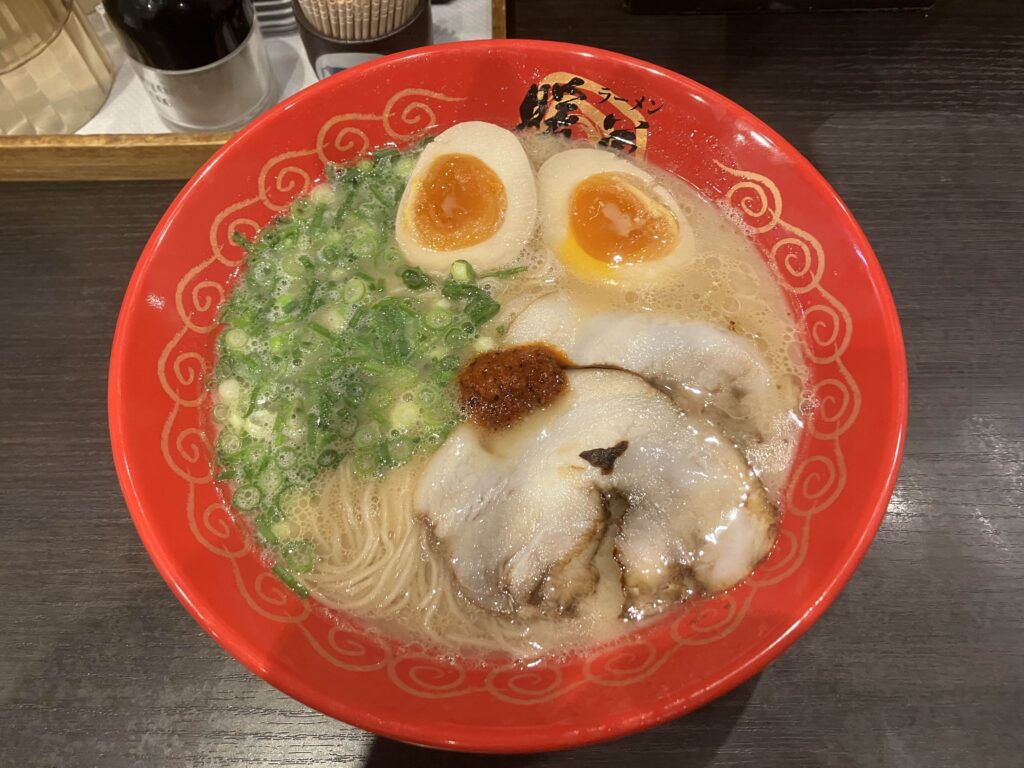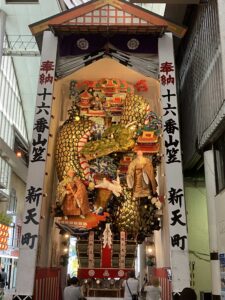“Introduction to the Deliciousness, Types, and Eating Styles of Ramen: Discovering the Allure of Japanese Noodle Cuisine”

“Do you know about ramen, a Japanese noodle dish? Ramen is a dish characterized by Chinese-style noodles made from wheat flour and alkaline water, served in soup flavored with various ingredients like soy sauce or miso. It’s one of Japan’s most popular foods and has undergone unique evolutions in different regions. This article introduces the deliciousness, varieties, and ways to eat ramen.
Deliciousness of Ramen
The deliciousness of ramen is determined by the combination of Chinese-style noodles, soup, and toppings. The noodles are made with kansui, an alkaline saltwater solution, giving them firmness and flavor. The soup is made by combining bases like soy sauce, salt, miso, pork bone, along with dashi from chicken, seafood, or vegetables. Common toppings include chashu (braised pork), menma (fermented bamboo shoots), seasoned boiled eggs, and nori (seaweed), varying by store and region. The balance and harmony among these ingredients are key to its deliciousness.
Types of Ramen
Ramen comes in various types based on the soup, noodles, and toppings. Here are the main categories:
Types based on soup:
- Shoyu Ramen: Features a clear soup seasoned with soy sauce, using chicken, pork bone, and vegetable dashi. It’s served with thin noodles, chashu, menma, and green onions.
- Miso Ramen: Known for its rich, miso-seasoned soup originating from Sapporo in Hokkaido. It includes pork bone, chicken, and vegetable dashi with thick noodles, butter, corn, and garlic.
- Shio Ramen: Characterized by a light, salt-seasoned soup made with chicken, seafood, and vegetable dashi. Served with thin noodles, chashu, green onions, and nori.
- Tonkotsu Ramen: Originating from Fukuoka in Kyushu, it features a cloudy soup made by simmering pork bones for a long time. It’s served with thin noodles, chashu, green onions, and red pickled ginger.
- Tori Paitan Ramen: Known for its creamy, milky-white soup made by boiling chicken bones and meat for an extended period. Typically served with medium-sized noodles, chicken chashu, seasoned egg, and green onions.

Types based on region:
- Sapporo Ramen: Originating from Sapporo in Hokkaido, famous for its miso-based soup, stir-fried with miso and vegetables. It’s served with thick noodles, butter, corn, and garlic.
- Hakodate Ramen: Developed in Hakodate, Hokkaido, famous for its salt-based ramen. The clear, light soup is served with thin noodles, chashu, green onions, and nori.
- Kitakata Ramen: Developed in Kitakata, Fukushima, known for its soy sauce-based soup from fish ingredients. It’s served with thick noodles, chashu, green onions, and wood ear mushrooms.
- Hachioji Ramen: Originating from Hachioji in Tokyo, known for its soy sauce-based soup from chicken bones and pork. Served with thin noodles, chashu, green onions, and onions.
- Yokohama Iekei Ramen: Originating from Yokohama, Kanagawa, famous for its tonkotsu-shoyu-based ramen. It’s served with thick noodles, chashu, green onions, spinach, and nori.
Enjoying Ramen
There’s an art to eating ramen. It’s best to eat it quickly before the noodles soften too much. Slurping the noodles loudly is common and helps aerate the noodles, enhancing the flavors, and cools down the hot soup. Additionally, you can customize your ramen with garlic, pepper, vinegar, or chili oil, but it’s recommended to taste it as served initially to savor the unique flavors. Ramen eating comes with its own set of preferences and customs.
Pleasures of Ramen
Ramen has become a part of Japan’s culinary culture, spreading worldwide. There are countless ramen shops, ranging from large chains to small family-owned ones. Each shop has its unique features, including soup ingredients, preparation methods, noodle thickness, firmness, types, and amounts of toppings. Moreover, the way of ordering and serving differs among ramen shops. Some use vending machines to purchase meal tickets before seating, while others allow customization of noodle firmness or extra servings. The ambiance and service at each shop contribute to the overall enjoyment of ramen.
Ramen represents one of Japan’s charms, loved by many for its deliciousness and diverse offerings. When visiting Japan, be sure to try various types of ramen.”


